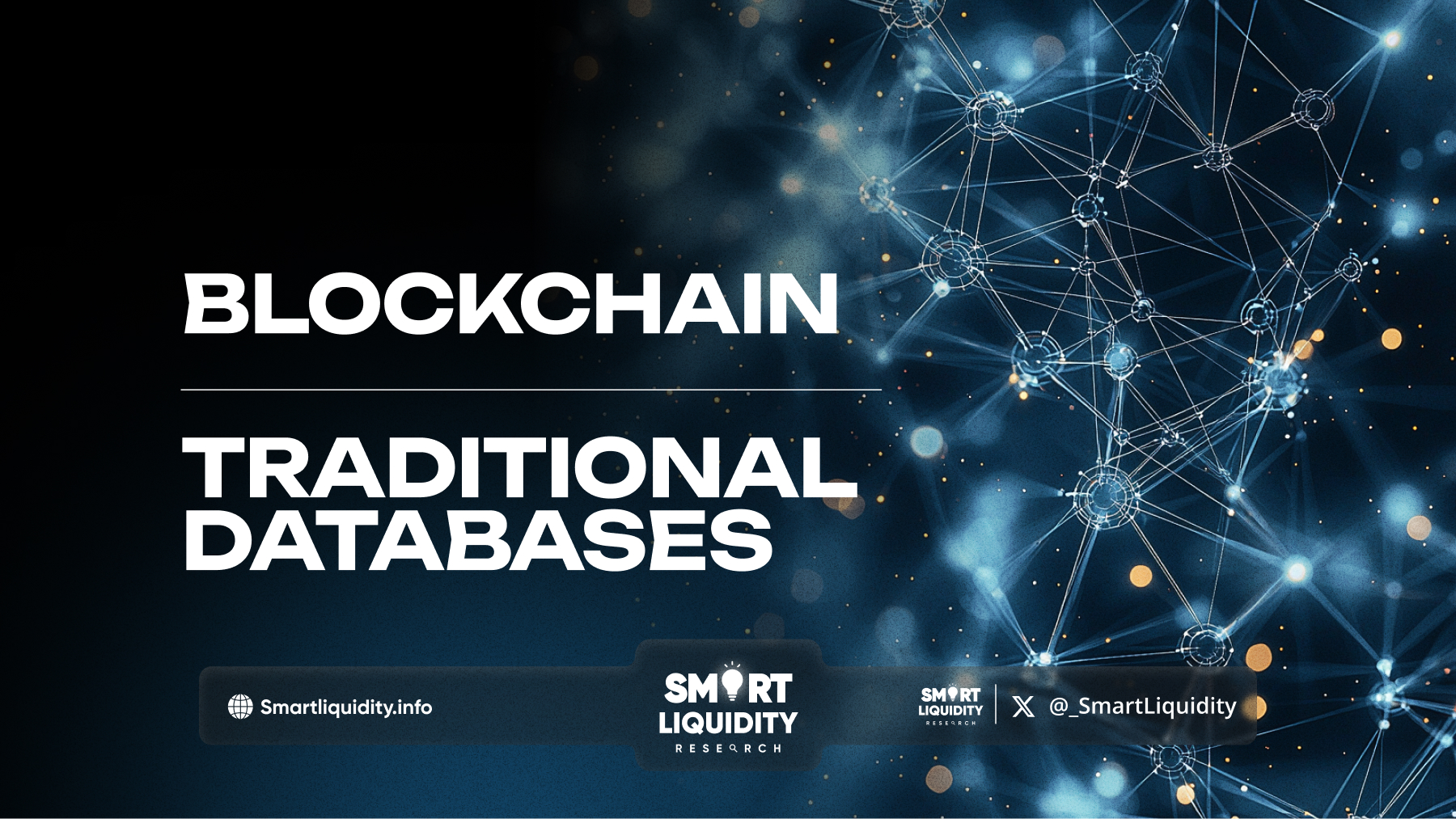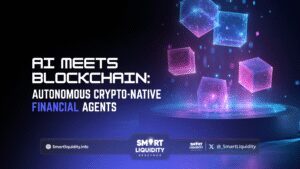Blockchain vs. Traditional Databases


The rise of digital transformation has introduced groundbreaking ways to store, manage, and secure data. Blockchain and traditional databases emerge as key systems in this evolution. This article explores their differences, strengths, and use cases, offering valuable insights for businesses and technologists to make informed choices.
Understanding Blockchain and Traditional Databases
Blockchain
Blockchain is a distributed ledger technology where data is stored in a series of blocks, each linked to the previous one. This design ensures immutability, transparency, and decentralization. Commonly used in cryptocurrencies, blockchain technology has expanded its applications to include supply chain management, identity verification, and smart contracts.
Blockchain’s decentralized structure eliminates the need for a central authority, enabling trustless operations. Each participant in the network holds a copy of the ledger, which is updated through consensus mechanisms, making the system resistant to fraud and data manipulation.
Traditional Databases
Traditional databases, such as SQL (Structured Query Language) and NoSQL databases, are centralized systems designed to store, retrieve, and manage data efficiently. They have been the backbone of data storage for decades and are widely used in industries like finance, healthcare, and retail. These databases offer robust features, including data indexing, querying, and real-time updates, making them versatile for a wide range of applications.
| Feature | Blockchain | Traditional Database |
| Architecture | Decentralized | Centralized |
| Data Structure | Linked blocks | Tables (rows and columns) |
| Immutability | Yes | No |
| Scalability | Limited | High |
| Security | Cryptographic and consensus-based | Role-based and access control |
| Performance | Slower due to consensus mechanisms | Faster due to optimized queries |
Data Storage and Management
One of the most apparent differences between blockchain and traditional databases lies in how they store and manage data.
- Blockchain: Data is stored chronologically in blocks. Once data is added, it cannot be altered without consensus from the network, ensuring integrity and transparency. This sequential storage is particularly beneficial for applications requiring audit trails, such as financial transactions or provenance tracking.
- Traditional Databases: Data is stored in tables, and users have the flexibility to update, delete, or query information dynamically. The system prioritizes performance and real-time updates, enabling efficient handling of large volumes of data.
Blockchain’s immutable nature is advantageous for scenarios requiring strict data integrity, such as legal records or medical histories. Traditional databases, however, excel in applications demanding rapid and complex queries, such as customer relationship management (CRM) systems or e-commerce platforms.
Security and Trust
Blockchain Security
Blockchain leverages cryptographic techniques and consensus mechanisms like Proof of Work (PoW) or Proof of Stake (PoS) to secure the network. These features make blockchain highly resistant to tampering, ensuring that data remains trustworthy. Additionally, the decentralized nature of blockchain eliminates single points of failure, reducing vulnerabilities to cyberattacks.
For instance, in supply chain management, blockchain ensures that all stakeholders have access to the same data, fostering transparency and trust. Any attempt to modify data would require consensus from the majority of network participants, making unauthorized changes virtually impossible.
Traditional Database Security
Traditional databases rely on access controls, authentication, and encryption to protect data. While these measures are robust, centralized control makes the system vulnerable to single points of failure or insider threats. Despite this, traditional databases offer better control over user access, allowing administrators to tailor permissions based on roles and responsibilities.
For example, in a banking system, traditional databases enable role-based access, ensuring that only authorized personnel can view sensitive customer information. However, this centralized control may pose risks if the database is compromised by external attackers or malicious insiders.
Performance and Scalability
Performance and scalability are critical considerations when choosing between blockchain and traditional databases.
- Blockchain: Due to its consensus mechanisms, blockchain’s transaction speeds can be slow, particularly in public networks like Bitcoin or Ethereum. Scalability remains a challenge, as increasing the number of participants often results in higher latency. Innovations like Layer 2 solutions, sharding, and improved consensus algorithms aim to address these limitations.
- Traditional Databases: Designed for high-speed queries and efficient data handling, traditional databases excel in performance. They scale easily through vertical (adding more resources to a single server) or horizontal (adding more servers) scaling. This scalability makes them ideal for handling large datasets in real-time applications, such as social media platforms or online marketplaces.
| Performance Metric | Blockchain | Traditional Database |
| Read Speed | Moderate to slow | Fast |
| Write Speed | Slow | Very fast |
| Latency | High | Low |
While blockchain’s performance may be slower, its added security and transparency are unparalleled for specific use cases. Traditional databases, on the other hand, prioritize speed and efficiency, making them the preferred choice for high-performance applications.
Use Cases and Applications
Blockchain Applications
Blockchain is particularly effective in environments where trust and transparency are paramount. Some notable applications include:
- Cryptocurrencies: Digital currencies like Bitcoin and Ethereum use blockchain to enable secure, decentralized transactions.
- Supply Chain Tracking: Platforms like IBM Food Trust utilize blockchain to ensure transparency and traceability in supply chains.
- Decentralized Finance (DeFi): Blockchain enables financial services without intermediaries, offering lower costs and greater accessibility.
- Identity Verification Systems: Blockchain-based systems provide secure, tamper-proof identity verification, reducing fraud.
Traditional Database Applications
Traditional databases shine in scenarios requiring rapid data manipulation and complex querying. Common applications include:
- Enterprise Resource Planning (ERP) Systems: Manage core business processes, such as inventory and procurement.
- Customer Relationship Management (CRM) Tools: Store and analyze customer data to improve marketing and sales strategies.
- Healthcare Systems: Maintain and update patient records efficiently while ensuring compliance with data protection regulations.
- E-commerce Platforms: Handle large volumes of transactions and customer data in real-time.
Choosing the Right Solution
When deciding between blockchain and traditional databases, organizations must assess their specific needs:
- Opt for Blockchain if:
- Data immutability and transparency are critical.
- Decentralized operations are required.
- The use case involves smart contracts or tokenization.
- Opt for Traditional Databases if:
- High-speed transactions and queries are necessary.
- The data requires frequent updates and deletions.
- The system needs to support complex business logic and reporting.
Both technologies can coexist in hybrid solutions, where blockchain is used for specific tasks, such as audit trails, while traditional databases handle operational data.
Conclusion
Both blockchain and traditional databases offer unique strengths and limitations. Blockchain provides unparalleled transparency and security but often sacrifices performance and scalability. Traditional databases, on the other hand, offer speed, efficiency, and flexibility, making them ideal for a wide range of applications.
Ultimately, the choice between blockchain and traditional databases should align with the specific goals and requirements of the project. By understanding the core differences outlined in this article, businesses can harness the right technology to drive innovation and success. As these technologies continue to evolve, their combined use may unlock new possibilities, paving the way for more efficient and secure data management systems.




